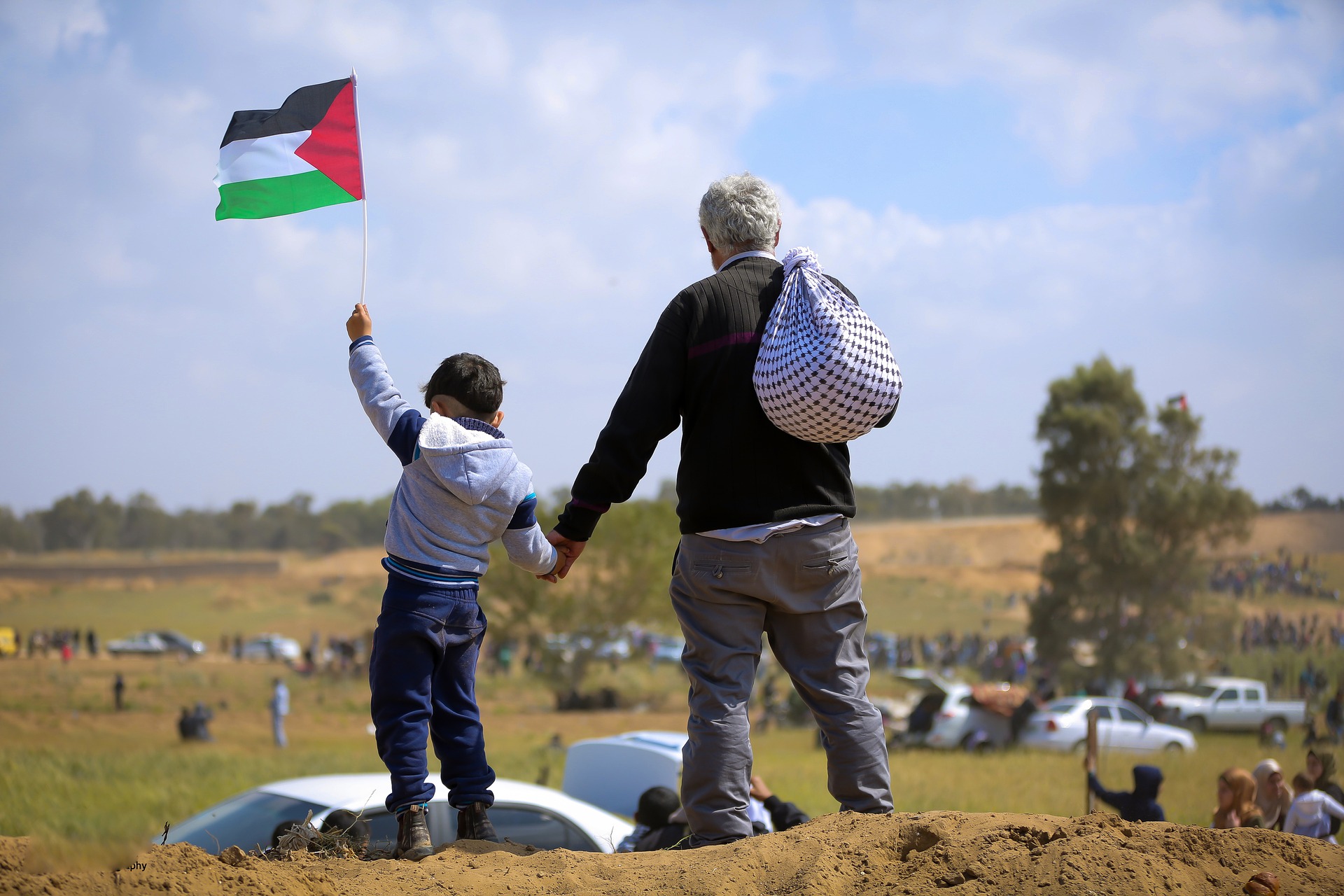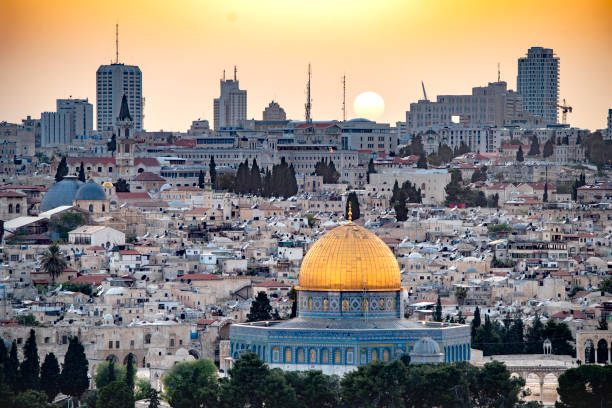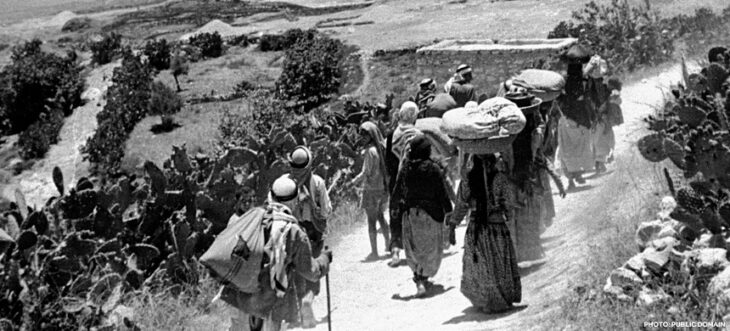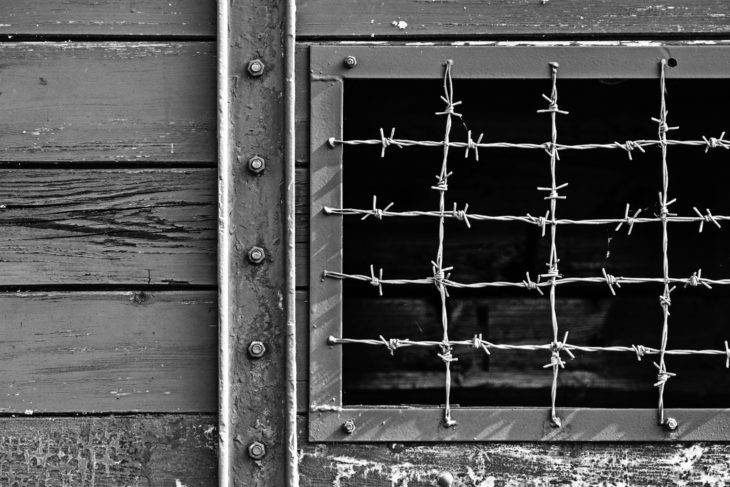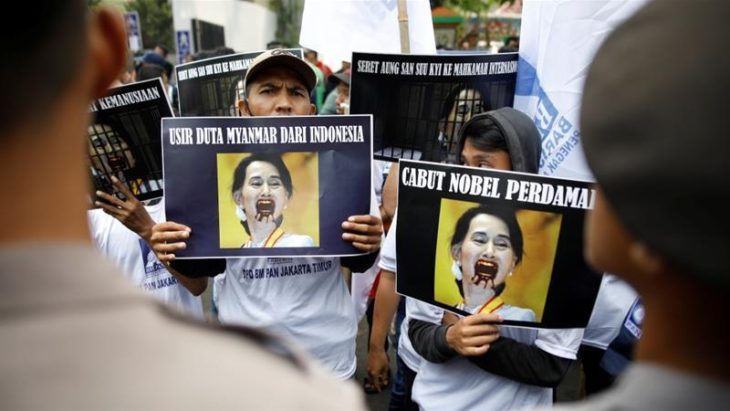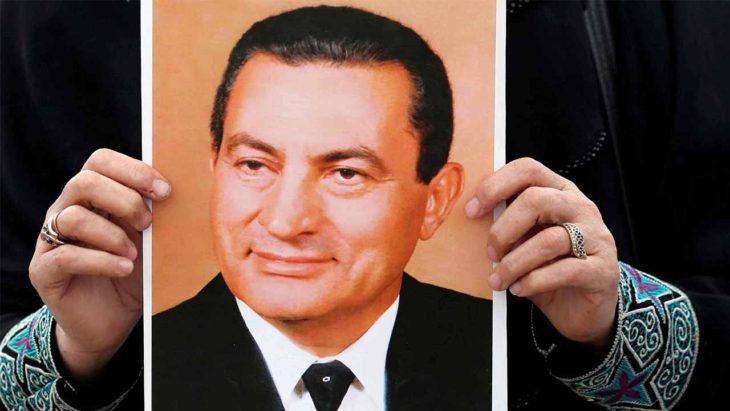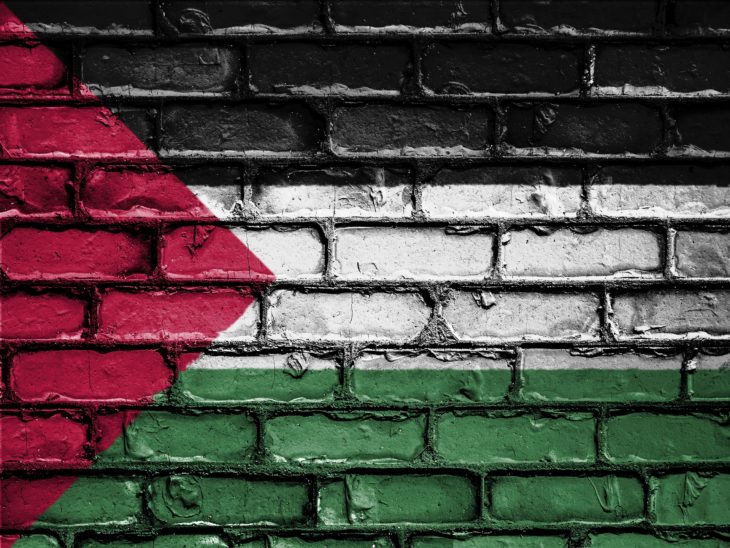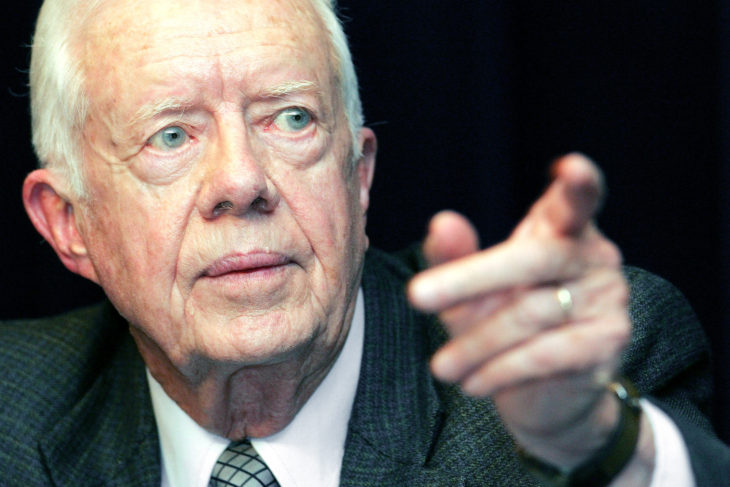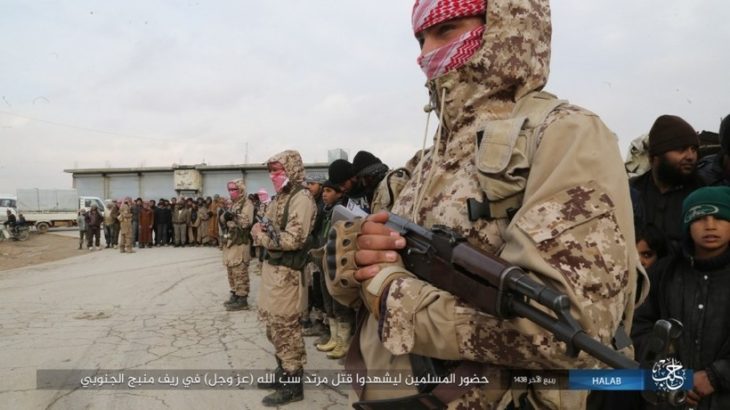This is a unique opportunity to hear the renowned Jewish historian, professor, and author, Ilan Pappe, an Israeli citizen speaks about his book “The Ethnic Cleansing of Palestine” where he lays out the past, present, and offers suggestions for the future. Vancouver March 29, 08. ***** Ilan Pappe: The present dismal reality unfolding in the Middle East has clear historical roots and a journey into the past may help to illuminate what lies behind the destructive policies of Israel in both Palestine and Lebanon. Zionism arrived in Palestine in the late 19th as a colonialist movement motivated by national impulses.
The colonization of Palestine fitted well the interests and policies of the British Empire on the eve of the First World War. With the backing of Britain, the colonization project expanded and became a solid presence on the land after the war and with the establishment of the British mandate in Palestine (which lasted between 1918 and 1948). While this consolidation took place, the indigenous society underwent, like other societies in the rest of the Arab world, a steady process of establishing a national identity. But with one difference. While the rest of the Arab world was shaping its political identity through the struggle against European colonialism, in Palestine nationalism meant asserting your collective identity against both an exploitative British colonialism and expansionist Zionism. Thus, the conflict with Zionism was an additional burden.
The pro-Zionist policy of the British mandate there naturally strained the relationship between Britain and the local Palestinian society.
This climaxed in a revolt in 1936 against both London and the expanding Zionist colonization project. At the end of November 1947, the UN offered to divide Palestine into two states almost equal in their territorial space. The Jews were only one-third of the population by 1947 and most of them had arrived in Palestine only a few years earlier. The categorical Palestinian refusal to go along with this deal, backed by the Arab League, allowed the Zionist leadership to plan carefully the next step. Between February 1947 and March 1948, a final plan for ethnic cleansing was prepared. The Zionist leadership defined 80 percent of Palestine (Israel today without the West Bank) as the space for the future state.
This was an area in which one million Palestinians lived next to 600,000 Jews. The idea was to uproot as many Palestinians as possible. From March 1948 until the end of that year the plan was implemented despite the attempt by some Arab states to oppose it, which failed. Some 750,000 Palestinians were expelled, 531 villages were destroyed and 11 urban neighborhoods demolished. Half of Palestine’s population was uprooted and half of its villages destroyed. The state of Israel was established in over 80 percent of Palestine, turning Palestinian villages into Jewish settlements and recreation parks, but allowing a small number of Palestinian to remain citizens in it. The June 1967 war allowed Israel to take the remaining 20 percent of Palestine. This seizure defeated in a way the ethnic ideology of the Zionist movement.
Israel encompassed 100 percent of Palestine, but the state incorporated a large number of Palestinians, the people who Zionists made such an effort to expel in 1948. The fact that Israel was let off easily in 1948, and not condemned for the ethnic cleansing it committed, encouraged it to ethnically cleanse a further 300,000 Palestinians from the West Bank and the Gaza strip.
Recorded in 2008
Published on Apr 22, 2011

